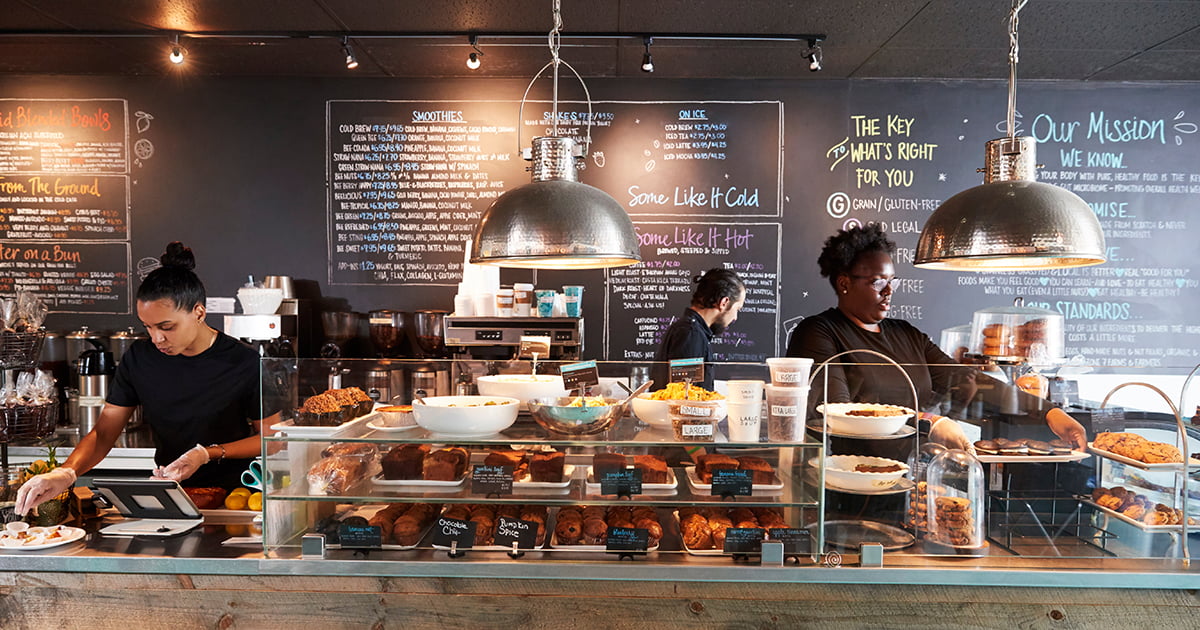
September 30th, 2025
Ontario’s restaurant industry is entering a period of mixed financial impacts. On October 1, 2025, the province’s minimum wage will rise from $17.20 to $17.60 an hour, supporting over 800,000 workers. At the same time, the Workplace Safety and Insurance Board (WSIB) will lower premiums for leisure and hospitality businesses in 2026, easing some pressure on operators.
For restaurant owners, this means immediate payroll cost increases paired with longer-term relief in insurance premiums. Combined with existing challenges, food inflation, staffing shortages, and rising rent, the wage hike underscores the importance of proactive cost management.
With 23% of foodservice employees at or below the new $17.60/hour wage, restaurants will feel the increase immediately. Even modest payroll hikes compound across large teams and long hours, pushing operators to make tough choices.
Meanwhile, WSIB premiums will offer a silver lining in 2026. While a $225 annual saving may seem modest, the sector-specific reduction outpaces the provincial average, signaling recognition of hospitality’s unique pressures.
Here are some practical ways to manage the impact of these changes:
Restaurants navigating higher labour costs need clear visibility into operations. A POS system with labor and inventory management can help:
Just as inventory tools help manage supply disruptions, labor-focused analytics are key to adapting in a higher-wage environment.
By acting now, restaurants can:
Ontario’s wage hike signals continued support for workers, while the WSIB premium cut provides modest relief for businesses. Together, they represent the new operating reality: higher upfront costs balanced by careful planning and strategic adaptation.
The upcoming wage increase and WSIB premium changes highlight the ongoing pressures and opportunities facing Ontario’s restaurants. Operators who focus on efficiency, smart menu design, and workforce development will be better equipped to manage higher payroll costs. With proactive strategies and the right technology, restaurants can stay competitive while supporting their teams in a challenging market.
A full-time employee at $17.60/hour will cost about $832 more annually. For restaurants with multiple staff, this quickly adds up.
Premium reductions for hospitality and leisure businesses begin in 2026, with rates falling from $0.95 to $0.90 per $100 of payroll.
Operators can review pricing, simplify menus, invest in efficiency, and use technology to manage costs and scheduling.